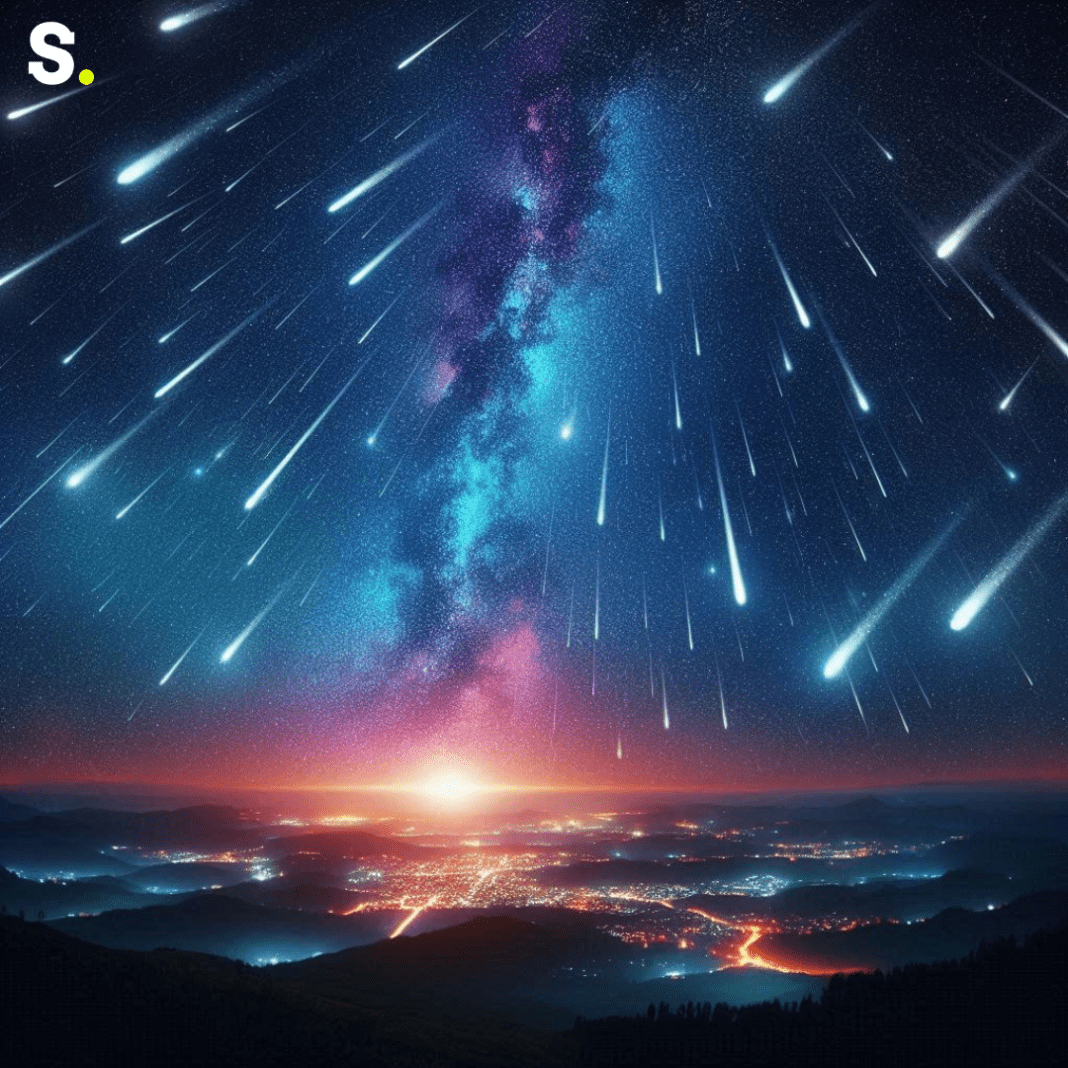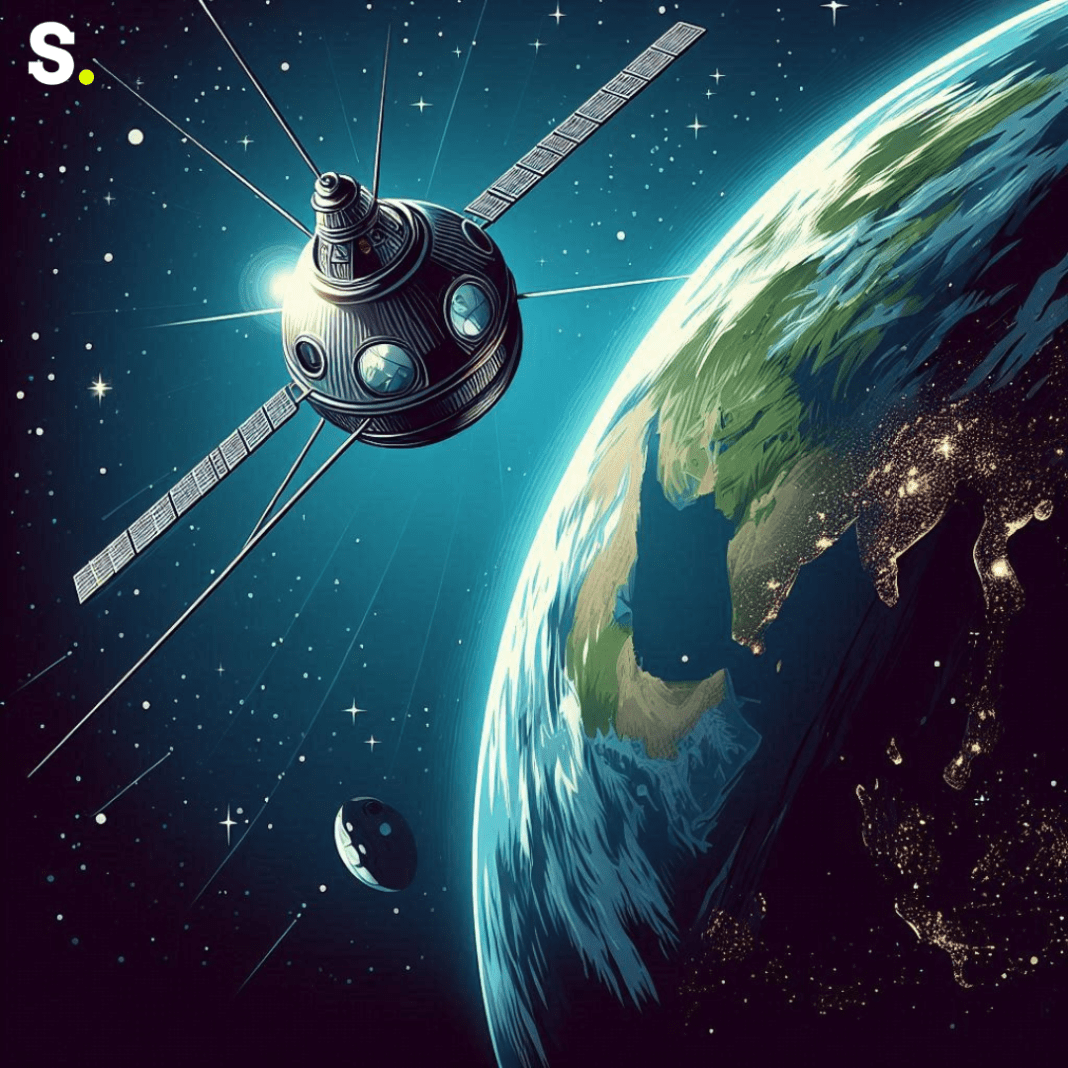If you love staying up late and gazing at the stars, you’re in for a treat this week. Two major meteor showers are peaking, and there’s even a third one in the background. This week, the Southern Delta Aquarids and the Alpha Capricornids will be putting on a show, and the Perseids are also gearing up for their peak in mid-August. With so much happening, it’s safe to call this meteor season!
When to Watch the Meteor Showers
Meteor showers happen when Earth passes through trails of debris left by comets or asteroids as our planet orbits the sun. These tiny particles, sometimes as small as grains of sand, burn up in Earth’s atmosphere, creating bright streaks of light across the sky. Each meteor shower occurs around the same time every year and can last for several days or weeks. But there’s a window of opportunity when they’re at their finest, and that’s when you should watch.
The Southern Delta Aquarids have been active since around July 18 and peaked between July 29 and 30. They will remain active until August 21 and are best viewed from the Southern Hemisphere, in the constellation Aquarius. The Alpha Capricornids have been active since July 7 and peaked between July 30 and 31. These meteors can be seen from both hemispheres, in the constellation Capricorn.
The best time to watch these meteor showers is well after midnight when the points in the night sky from which they radiate are high above the horizon. Be aware that the light from the moon, which will be about 30 percent full, might make it harder to see the meteors. Moonlight acts like light pollution, washing out the fainter meteors.
The Southern Delta Aquarids and the Alpha Capricornids will both appear to come from the southern part of the sky. You can tell which meteor is from which shower by looking at their features. The Alpha Capricornids are bright and slow, lasting several seconds. The Southern Delta Aquarids are faster and fainter. If you look to the northern part of the sky, you might also catch some meteors from the Perseids, which are bright and fast and come from the constellation Perseus. The Perseids will peak between August 11 and 12, and they are known as one of the best meteor showers of the year.
How to Watch the Meteor Showers
Watching a meteor shower can be a magical experience, but there are a few tips to make the most of it. No specialized gear, such as binoculars or telescopes, is required. In fact, using them can limit your field of view because meteors can shoot across large parts of the sky. All you need are your eyes and a dark sky.
Find a place away from city lights. Even in a small town, bright lights can spoil the view. Planetariums, local astronomy clubs, or maps can help you find a good spot. The best conditions for watching a meteor shower are a clear sky with no moon or clouds, between midnight and sunrise. Let your eyes acclimate to the dark for at least thirty minutes. This will help you see more meteors.
Dress warmly, even in the summer. Sitting outside for a long time can get chilly, especially in the early hours of the morning. Bring layers of clothing, and maybe a blanket, to stay comfortable. A warm drink like cocoa or tea can also help keep you cozy. Then, sit back, scan the sky, and enjoy the show.
What to Expect During Meteor Season
With three meteor showers happening at once, you can expect to see a lot of meteors in the coming days. Almost any clear, dark night, you should be able to spot some meteors. This week’s big stars are the Alpha Capricornids and the Southern Delta Aquarids, but the Perseids will also be visible. The Southern Delta Aquarids and the Alpha Capricornids have peaks that are more like plateaus. This means that any night between now and the first few days of August, you can expect to see a similar number of meteors. The Perseids will add to the number of meteors you can see, especially as they get closer to their peak in mid-August.
If you want to keep track of how many meteors are being seen, there are online tools that show real-time meteor activity levels. The best time to head outside and search for meteors is when the rate hits approximately ninety sightings per hour.
Remember, the key to a good meteor shower-watching experience is patience. Meteors can appear at any time, so give yourself plenty of time to watch. With the right conditions and a bit of luck, you’ll be treated to a spectacular display of shooting stars.




